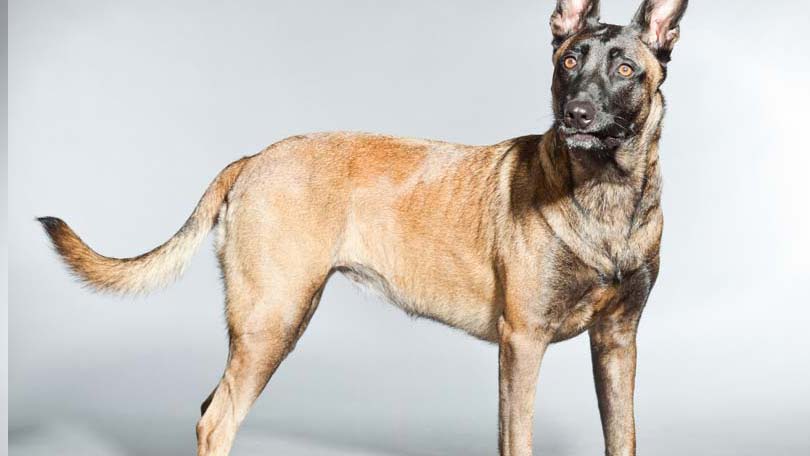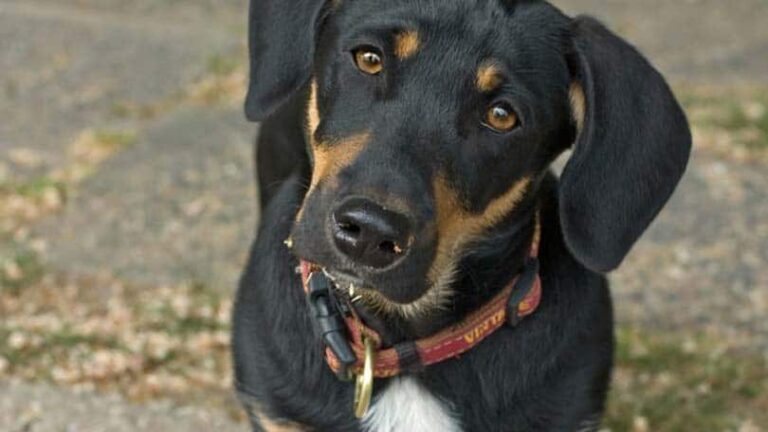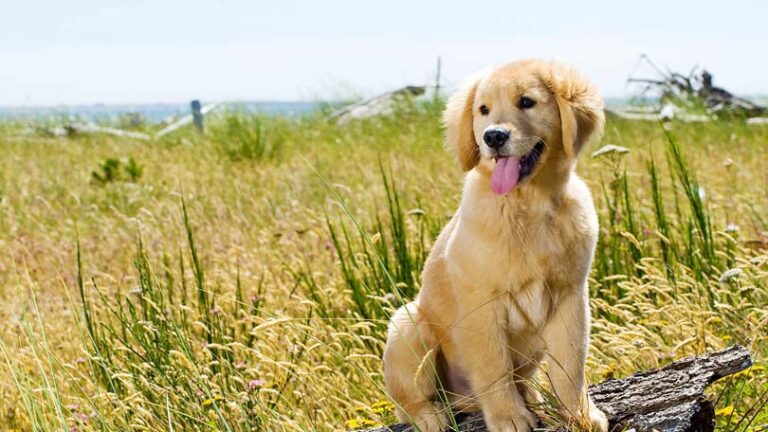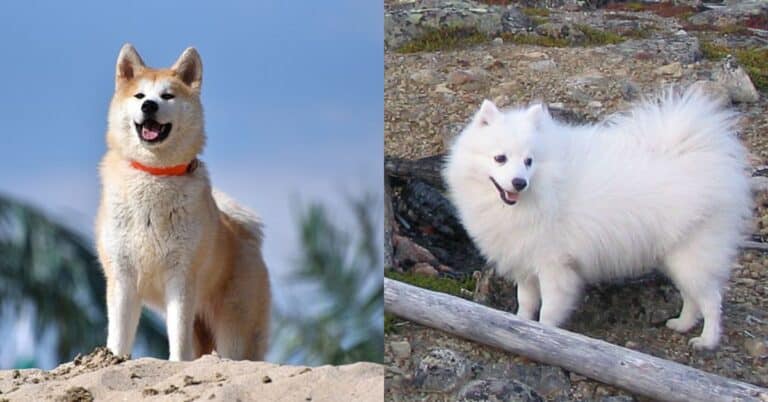Potty Training An Old Dog
If you have recently brought an older dog into your home then you may have discovered he’s not potty trained. This situation happens more often than you might think. According to surveys, soiling in the house is one of the top reasons why owners surrender their dogs to shelters. If you adopt one of these dogs, you’re bringing home a dog who has already had housetraining issues. That’s just one reason why an older dog might not be housetrained. Fortunately, potty training an old or older dog is not impossible. Here are some pointers to help you.
Learn about your dog’s housetraining history
If possible, learn as much as you can about your dog’s housetraining history before you bring him home. This is good advice whether you are bringing home a puppy, a young adult dog, or an oldster. You can usually assume that puppies have not been housetrained and start from scratch with their housetraining.
In the case of adolescent and young adult dogs, soiling in the house is one of the leading causes for owner relinquishment. People will put up with many kinds of bad behavior from dogs but one thing most people won’t tolerate is a dog that poops and pees in the home. In many cases these dogs fail to learn housetraining skills because of poor training by the owners, so they can be potty trained, but it will take some extra effort on your part.
In a few cases a dog may soil in the house because of a veterinary medical condition. If you adopt a dog who has a history of housetraining problems, it’s usually a good idea to have your vet check him out to make sure he doesn’t have any physical problems that could cause him to lose control of his bladder or bowel movements.
Some dogs can soil in the house if they have problems with anxiety. This is something that you should discover before you adopt the dog. Anxiety conditions can be difficult to treat and may require working together with both your veterinarian and an animal behaviorist. You may have to give your dog medication for a short time while he learns new, more positive behaviors to overcome his anxiety. However, anxiety disorders do not have fast, easy solutions and some owners may want to avoid adopting these dogs.
If you are adopting an elderly dog, it’s possible that he has been well housetrained for most of his life. However, as some dogs get older they can begin to have problems with incontinence. Some illnesses and diseases can cause an elderly dog to lose bladder and bowel control. There is a good medication for simple incontinence which your vet can prescribe but other disease-related issues can be more difficult to handle. This is something that an elderly dog can’t control and he should not be punished for these problems. If you adopt an elderly dog who has these issues, you should do so knowing that you will need to assist him so he can go outside when he needs to go; or clean up after him when he has an accident.
Housetraining an Older Dog
If you bring home an older dog who has lived in a kennel or shelter, or who has not been well-housetrained, it should be relatively easy to train him, if you are patient. You will need to assume the dog has not had any training and start from the beginning, the way you would train a young puppy.
Start by putting the dog on a consistent schedule. This means taking him out at the same time each morning as soon as you wake up. The earlier you can take him outside, the better, as this can prevent an accident before it occurs. Definitely take your dog outside before you give him any breakfast.
Once you have fed your dog his breakfast, take him out again and give him another chance to relieve himself. Be sure to praise him for using the bathroom outside. Give him some treats when he potties outside. Let him know that this is what you want him to do. Many people scold a dog when he has an accident, but they forget to praise and reward a dog for relieving himself in the right place.
Older dogs are able to go longer between bathroom breaks than puppies so most dogs should be able to go a few hours before they need to go outside again. Older dogs don’t usually need a lunch meal either. If you work, your dog should be able to go from this breakfast outing until you come home in the late afternoon before he needs to go outside again. However, while you are training him, it’s often a good idea to have a friend or family member drop by to check on the dog. Your friend can take him out for a walk or let him out in the backyard for a few minutes.
If you don’t have someone who can drop by and your dog seems to be having problems making it through the day without having an accident, you can use puppy training pads in the house. Puppy training pads are chemically scented to attract dogs to use them when they potty. They can hold a considerable amount of liquid and keep it from going through to the floor. They can be a good alternative if you don’t have a way to let your dog outside during the day.
When you come home in the evening, you should take your dog out for a walk or let him in the backyard as soon as you come home. Remember to praise and reward him for pottying where he is supposed to go. Once your dog has relieved himself, you can give him his dinner. It’s important that you don’t feed your dog his dinner too late in the evening. If you feed him too late it will make it harder for him to go through the entire night without needing to go outside.
Be sure to walk your dog or let him outside again shortly before bedtime.
If you put your dog on this schedule and remember to praise and reward your dog for relieving himself when he uses the bathroom outside, he should be housetrained in just a few weeks. Female dogs usually learn a little more quickly than male dogs; and large breeds are usually a little easier to housetrain than Toy dogs and small breeds for some reason. However, just about any dog can be housetrained as long as there is not some health or behavioral problem bothering the dog.

Having discovered a fondness for insects while pursuing her degree in Biology, Randi Jones was quite bugged to know that people usually dismissed these little creatures as “creepy-crawlies”.







